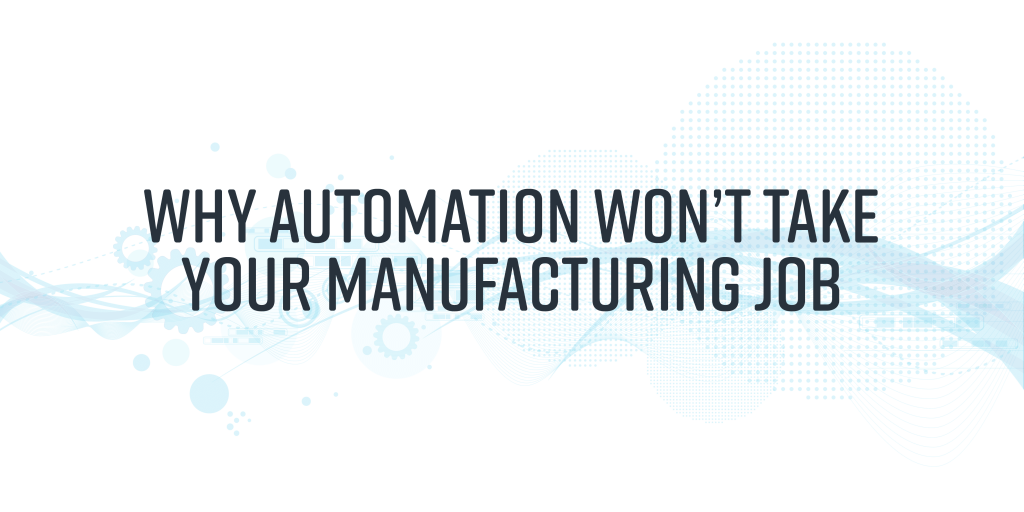Many Americans believe that emerging technologies will make high-paying jobs harder to find. That’s especially true in manufacturing, a vital part of the U.S. economy. After decades of downsizing and offshoring, workers remain concerned about their long-term employment prospects. Times are good right now, but will automation eventually take your manufacturing job? A recent report from the Massachusetts Institute of Technology (MIT) may put your mind at ease.
“The Work of the Future: Shaping Technology and Institutions” is a 60-page study that examines what’s happening today and what we can expect in the next decade. Chapter 5, “Workplaces of the Future,” is especially important because of its focus on automation, robotics, and artificial intelligence. This chapter spotlights manufacturing, one of three industries that are experiencing high levels of new technology adoption supply chains and vehicles are the other two industries).
As the “Workplaces” chapter explains, economics give humans an advantage over machines. For starters, automation is prohibitively expensive for many small-to-medium sized manufacturers. Even if a company can afford it, automation can take years to provide a return on investment (ROI). Workers also provide their employers with greater flexibility, especially in cyclical industries. “The supply of human labor is more flexible,” the MIT report explains, “and can better accommodate surges and contractions in demand.”
In addition to market conditions, manufacturers need to consider the rapidly changing conditions found inside their factories. “With current technology,” the MIT report notes, “human presence often exceeds machinery in providing that flexibility.” Even in the most automated electronics or assembly facilities, plenty of workers are needed to setup, maintain, and repair equipment. Advances in artificial intelligence could reduce that number, but data alone won’t eliminate the need for human labor.
“If I connect the chaos in my plant”, said one Industry 4.0 expert in the MIT report, “I have only connected chaos.” That’s because Industry 4.0, the fourth phase of the Industrial Revolution, uses large amounts of data to drive the performance of cyber-physical systems. Industry 3.0 automated manufacturing operations with logic processors, but Industry 4.0 takes automation to a higher level with digitized information-sharing. Organizations that aren’t prepared to analyze this data can’t take advantage of it.
Finally, although automation is effective with large-scale production, many manufacturers are focusing on lower-volume quantities and value-added services. Plus, as one CEO explained, “you can’t innovate in a lights out factory” with only machines. Automation may not take your job in the next decade, but the fate of your factory isn’t yours alone. “Firms are struggling to find and retain workers,” the MIT Report explains, and “that struggle is often cited as a driver for investments in automation.”

